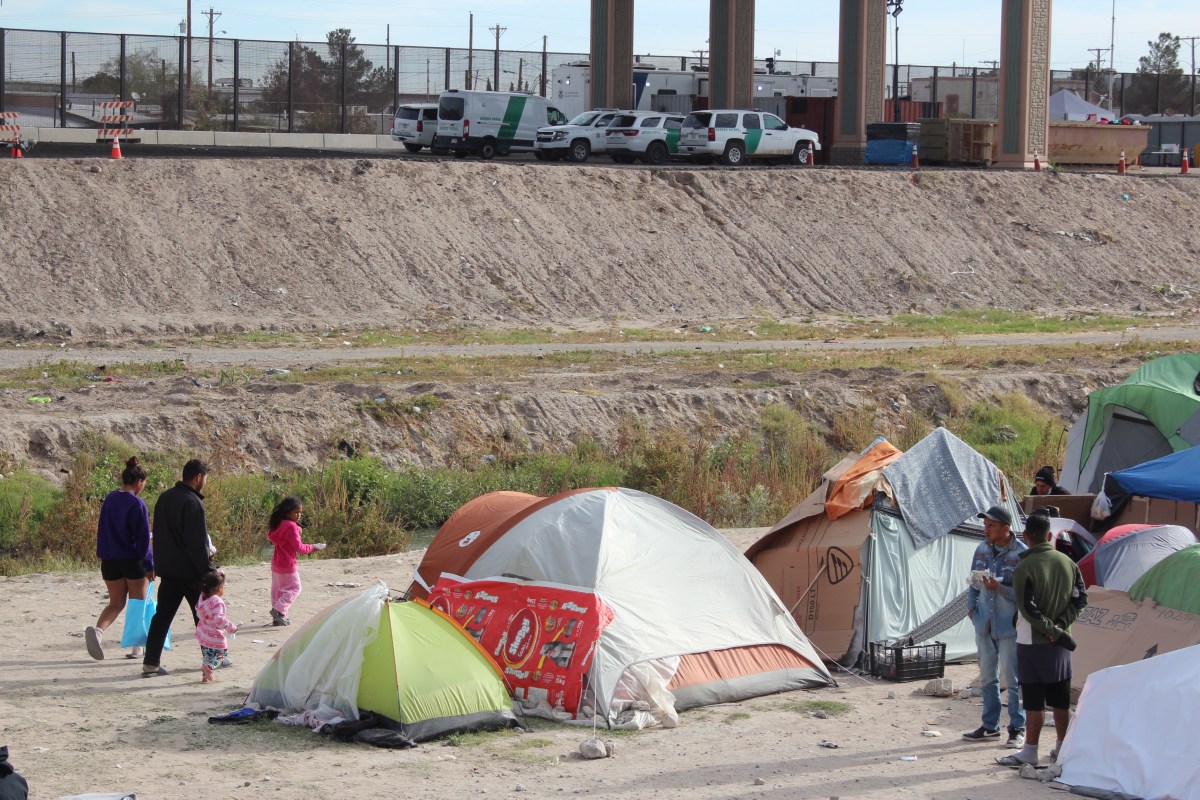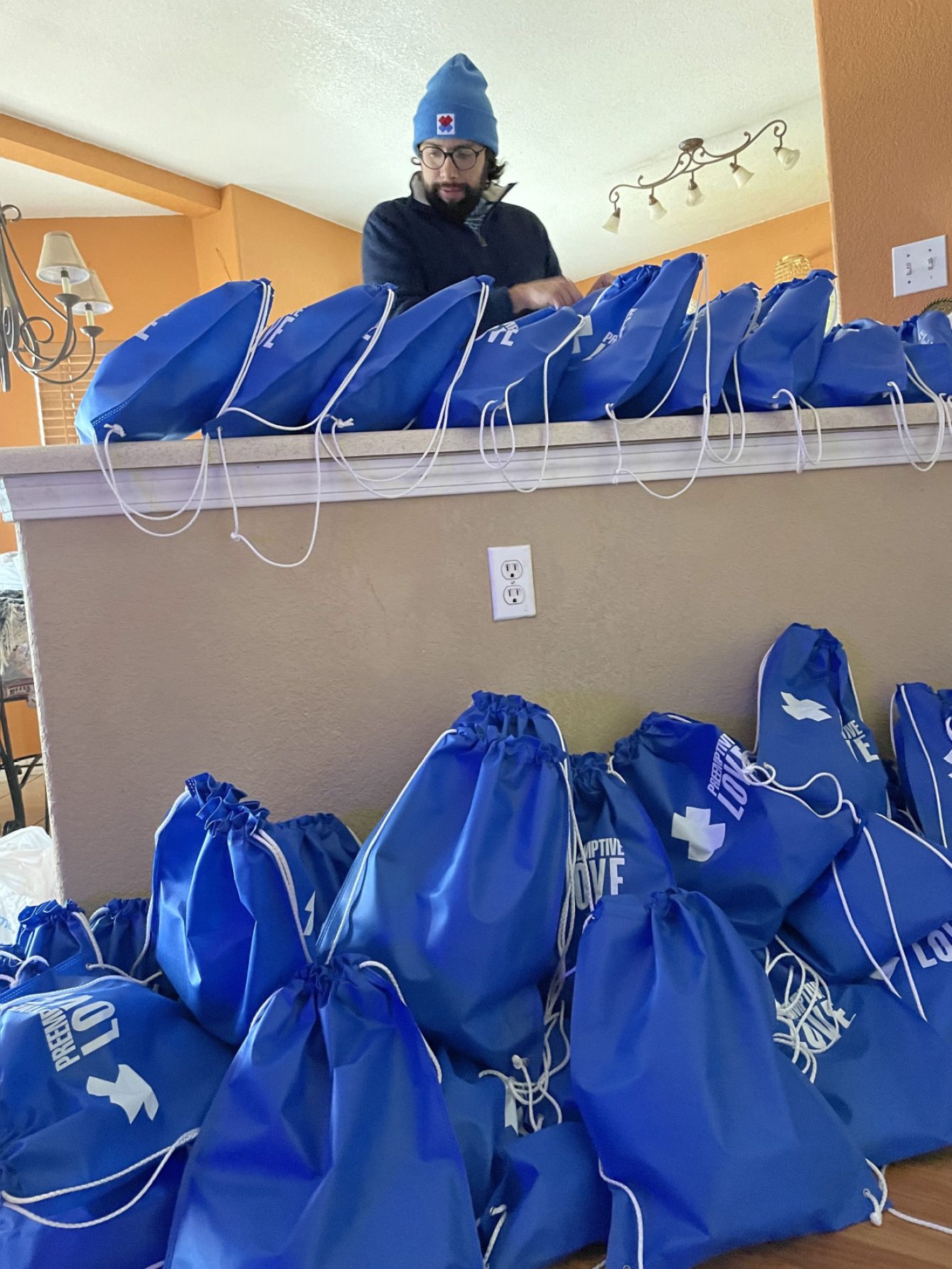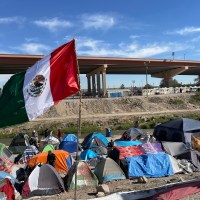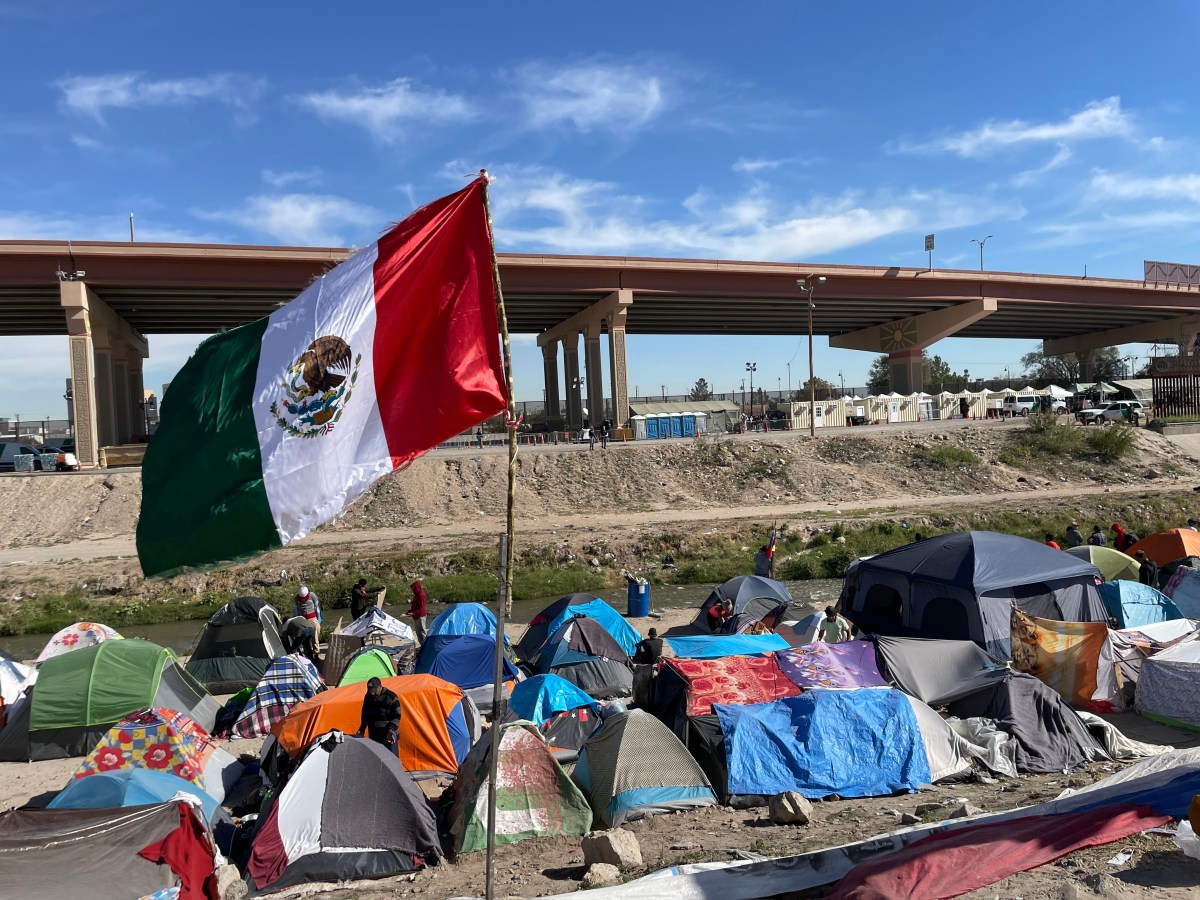From October 2022 to January 2023, there have been four key decisions influencing US immigration policy. If you’re having trouble keeping up, read on.
1. Mexico Agrees to Take Venezuelans Expelled at the US- Mexico Border
Starting in March 2020, the US government rejected migrants who came to its southern border seeking asylum or deported others who were in the US processing their asylum requests under Title 42. However, this process did not apply to Venezuelans because the US and Venezuela have strained diplomatic ties, making it nearly impossible to deport Venezuelans from the US back home. Instead, the US allowed Venezuelans who came to the US through Mexico to stay and seek asylum. The number of Venezuelans arriving at the US – Mexico border soared in August 2022. Many of them had crossed through the dangerous Darien Gap
To dissuade migrants from crossing into Mexico and the US irregularly , the two countries decided to work together. Mexico agreed to take in Venezuelans expelled at the US Mexico border, and the US agreed to provide 65,000 temporary visas to Mexican migrants for non-agricultural jobs.
At the same time, the US decided to grant a two-year humanitarian parole to Venezuelans who entered the US by air. Similar to the United for Ukraine program, a migrant must have sponsorship (either a person or an organization, which assumes financial responsibility for a migrant for the two-year parole period) and a passport. Venezuelans who irregularly enter Mexico or Panama (from the Darien Gap) are not eligible for humanitarian parole. One aim of this new policy was to deter Venezuelans from crossing the Darien Gap.
From 2010 to 2020, fewer than 11,000 migrants crossed the Darien Gap each year. In 2022, that number reached 248,000 men, women, and children.
2. The Supreme Court Upholds Title 42
Title 42 was created to safeguard public health. It allows the government to refuse entry to migrants and refugees to stop the spread of infectious diseases. It was expanded during the pandemic to control immigration at the borders. In November 2022, a federal judge in Washington, DC, declared this use illegal. Title 42 was set to expire on December 21, 2022, but fifteen states persuaded the Supreme Court to uphold Title 42 on December 27, 2022.

3. President Biden Expands the Use of Title 42 and Humanitarian Parole
Title 42 cannot be easily applied to Nicaraguans and Cubans because the US cannot send them back to their home countries on direct flights due to strained diplomatic relationships. If Mexico refuses to accept them, the US must let them cross.
On January 5, 2023, the US announced it would extend humanitarian parole to up to 30,000 people from Nicaragua, Haiti, Cuba, and Venezuela to enter each month and work legally for up to two years.To qualify, people must apply from outside the US but not at a border crossing, not have asylum or a humanitarian visa in their country of residence, have a passport, have a financial sponsor, and pass a background check. However, the US will use Title 42 to expel up to 30,000 people from those countries back to Mexico if they try to enter the US illegally. Mexico has agreed to accept them. The policy change is supposed to decrease the number of illegal border crossings.
4. The Welcome Corps Program
On January 19, 2023, President Biden announced the Welcome Corps program, which allows private citizens from around the world to sponsor refugees to live in the US. Groups of at least five agree to sponsor a refugee by raising at least $2,275 for security deposits, furniture, and clothing and to give emotional support as people get used to living in the US.
The program requires a group of people to be a sponsor because sponsoring someone is more work than one person can do alone. By bringing people together, a refugee has a network they can ask for help and advice.
Both refugees and sponsors are vetted. Sponsors must be approved by a consortium of nonprofits that will train and support sponsors and check in with refugees and sponsors. The goal is to bring 10,000 US sponsors together to help 5,000 refugees.
What’s the Difference between the Welcome Corps and Humanitarian Parole?
The major differences between this program and humanitarian parole extended to Venezuelans, Haitians, Nicaraguans, Cubans and Ukrainians are the following:
- Refugees from all nationalities are eligible for the Welcome Corp program.
- People who qualify for the Welcome Corps program are being permanently resettled. In contrast, humanitarian parolees can stay for up to two years.
- Sponsors in the Welcome Corps program do not have to provide ongoing financial support beyond the initial $2,275 to those they sponsor

What is the CBP One?
The Customs & Border Patrol (CBP) One is a free, downloadable mobile app for people who do not have the proper documentation and want to travel to the US through a southwest land border point of entry. The app allows people to submit paperwork without having to come to a port of entry. However, many migrants seeking safety at the US ports of entry do not have smartphones.
Rising levels of poverty and violence in Latin America are causing people like you or me to leave everything they have ever known, everything they have worked hard to achieve, in search of stability. Hunger, fuelled by inflation, the war in Ukraine, the effects of climate change, is increasing across Latin America. Won’t you join us as we bring our hearts, our humanity, and our hope to those in need, where they are, with food relief, hygiene kits, and job skills training?


